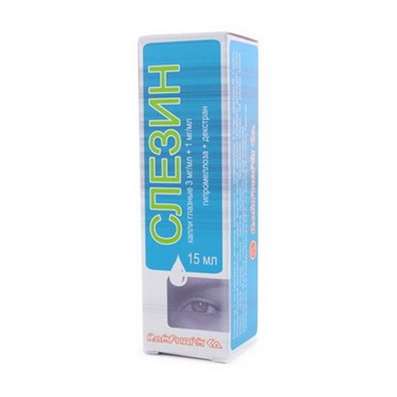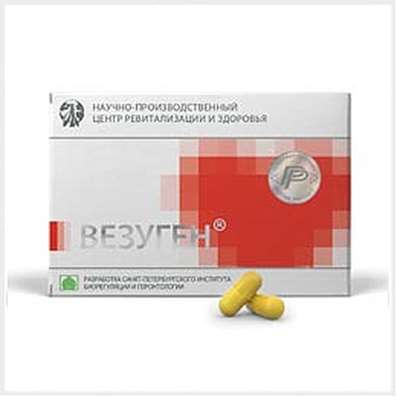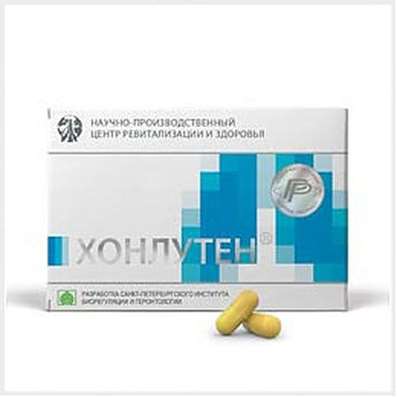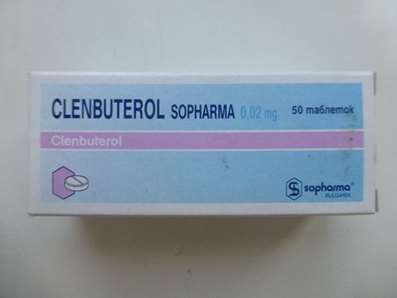Instruction for use: Insulin biphasic [human semisynthetic] (Insulinum biphasicum [humanum semisyntheticum])
I want this, give me price
Pharmacological group
Insulins
Nosological classification (ICD-10)
E10 Insulin-dependent diabetes mellitus
Decompensation of carbohydrate metabolism, Diabetes mellitus, Diabetes insulin sugar, Diabetes mellitus type 1, Diabetic ketoacidosis, Insulin-dependent diabetes, Insulin-dependent diabetes mellitus, Coma hyperosmolar non-ketoacidotic, Labile form of diabetes mellitus, Violation of carbohydrate metabolism, Type 1 diabetes mellitus, Type I diabetes mellitus, Insulin-dependent diabetes mellitus, Type 1 diabetes mellitus
E11 Non-insulin-dependent diabetes mellitus
Acetonuric diabetes, Decompensation of carbohydrate metabolism, Diabetes insulin-independent sugar, Diabetes sugar type 2, Type 2 Diabetes, Non-insulin-dependent diabetes, Non-insulin dependent diabetes mellitus, Non-insulin-dependent diabetes mellitus, Insulin resistance, Insulin resistant diabetes mellitus, Coma lactobacillus diabetic, Violation of carbohydrate metabolism, Type 2 diabetes mellitus, Diabetes mellitus type II, Diabetes mellitus in adulthood, Diabetes mellitus in old age, Diabetes insulin-independent, Diabetes mellitus type 2, Sugar insulin-independent diabetes type II
O24 Diabetes mellitus during pregnancy
Pregnancy in diabetes mellitus, Diabetes mellitus type 2 in pregnant women
Pharmacotherapy
preparation of insulin of average duration of action. Interacting with a specific receptor of the outer cell membrane of cells, forms an insulin-receptor complex. Increasing the synthesis of cAMP (in fat cells and liver cells) or directly penetrating the cell (muscles), the insulin-receptor complex stimulates intracellular processes, incl. Synthesis of a number of key enzymes (hexokinase, pyruvate kinase, glycogen synthetase, etc.). Reduction in blood glucose is due to increased intracellular transport, increased absorption and assimilation by tissues, lipogenesis stimulation, glycogenogenesis, protein synthesis, decreased glucose production rate in the liver (decrease in glycogen degradation), etc. After the injection, the effect occurs 30-45 min . The maximum effect is in the interval between 1-8.5 hours, the duration of action is from 10 to 20 hours (depending on the composition of insulin preparations), depends on the dose and reflects significant inter- and intra-personal deviations.
Pharmacokinetics
Absorption and the onset of action depend on the mode of administration (SC or IM), place (abdomen, thigh, buttocks) and injection volume, insulin concentration in the preparation, etc. Distributed in tissues unevenly; Does not penetrate the placental barrier and into breast milk. Destroyed by insulinase, mainly in the liver and kidneys. It is excreted by the kidneys (30-80%).
Indication
Diabetes mellitus type 1. Diabetes mellitus type 2; The stage of resistance to oral hypoglycemic agents, partial resistance to oral hypoglycemic agents (combination therapy); Intercurrent diseases, operative interventions (mono- or combination therapy), diabetes mellitus at the time of pregnancy (with ineffectiveness of diet therapy).
Contraindications
Hypersensitivity, hypoglycemia, insulinoma.
Dosing
P / to, 1-2 times a day, for 30-45 minutes before breakfast (the injection site should be changed every time). In special cases, the doctor may prescribe a / m injection of the drug. In / in the introduction of insulin, the average duration of action is prohibited! Doses are selected individually and depend on the concentration of glucose in the blood and urine, the features of the course of the disease. Usually the doses are 8-24 IU once a day. Adults and children with high sensitivity to insulin may have a dose of less than 8 IU / day, patients with a decreased sensitivity - exceeding 24 IU / day. At a daily dose exceeding 0.6 IU / kg, in the form of 2 injections in different places. Patients receiving 100 IU per day or more, when replacing insulin, it is advisable to hospitalize. The transfer from one drug to another should be carried out under the control of the concentration of glucose in the blood.
Side effect
Allergic reactions (urticaria, angioedema, fever, shortness of breath, decreased blood pressure), incl. Local (congestion, swelling, itching of the skin at the injection site); Lipodystrophy at the injection site; Hypoglycemia (pallor of the skin, increased sweating, sweating, palpitation, tremor, hunger, excitement, anxiety, paresthesia in the mouth, headache, drowsiness, insomnia, fear, depressed mood, irritability, unusual behavior, movement uncertainty, speech disorders and Vision), hypoglycemic coma.
At the beginning of treatment - edema and refractive failure (are temporary and go through with the continuation of treatment).
Overdose
Symptoms: sweating, palpitation, tremor, hunger, anxiety, paresthesia in the mouth, pallor, headache, drowsiness, insomnia, fear, depressed mood, irritability, unusual behavior, movement uncertainty, speech and vision disorders, hypoglycemic coma, convulsions.
Treatment: if the patient is conscious, prescribe dextrose inside; N / k, in / m or / in injected glucagon or intravenously in the hypertensive solution of dextrose. With the development of hypoglycemic coma, intravenously injecting 20-40 ml (up to 100 ml) of a 40% dextrose solution until the patient exits from a coma.
Interaction
Pharmaceutically incompatible with solutions of other drugs.
Hypoglycemic action is enhanced by sulfonamides (including oral hypoglycemic drugs, sulfonamides), MAO inhibitors (including furazolidone, procarbazine, selegiline), inhibitors of carbonic anhydrase, ACE inhibitors, NSAIDs (including salicylates), anabolic steroids (Including stanozolol, oxandrolone, methandrostenolone), androgens, bromocriptine, tetracyclines, clofibrate, ketoconazole, mebendazole, theophylline, cyclophosphamide, fenfluramine, drugs Li +, pyridoxine, quinidine, quinine, chloroquine, ethanol.
Hypoglycemic effect weakens glucagon, somatropin, GCS, oral contraceptives, estrogens, thiazide and loop diuretics, BCC, thyroid hormones, heparin, sulfinpyrazone, sympathomimetics, danazol, tricyclic antidepressants, clonidine, calcium antagonists, diazoxide, morphine, marijuana, nicotine, phenytoin, Epinephrine, blockers of H1-histamine receptors.
Beta-blockers, reserpine, octreotide, pentamidine can both enhance and weaken the hypoglycemic action of insulin.
Special instructions
Possible immunological cross-reactions with human insulin. In hypersensitivity to insulin, animals should be tested for insulin tolerance by skin tests (IV). If in / to testing confirmed a pronounced hypersensitivity to insulin (allergic reaction of the immediate type - the phenomenon of Arthus), then treatment should be carried out only under clinical control. The possibility of transferring a patient in case of hypersensitivity to insulin of animals on human insulin often prevents due to cross immunological reaction between human insulin and animals.
Before taking insulin from the bottle, you need to check the transparency of the solution. When foreign bodies appear, turbidity or precipitation of the substrate on the glass of the vial.
The temperature of the injected insulin should be at room temperature.
The dose of insulin needs to be adjusted in cases of infectious diseases, with signs of thyroid function, Addison's disease, hypopituitarism, CRF, and diabetes in people over 65 years of age.
The causes of hypoglycemia can be: insulin overdose, drug substitution, food perception, vomiting, diarrhea, physical stress; Diseases that reduce the need for insulin, as well as hypofunction of the adrenal cortex, pituitary gland or thyroid gland), change of injection site (for example, skin on the abdomen, shoulder, thigh), and interaction with other drugs. It is possible to reduce the concentration of glucose in the blood when transferring the patient from the insulin of animals to human insulin. Transfer of a patient to human insulin should always be a medical justification and should be carried out only under the supervision of a doctor.
The tendency to develop hypoglycemia may worsen the ability to actively participate in road traffic, as well as maintenance of machines and mechanisms.
Patients with diabetes mellitus can stop feeling light hypoglycemia themselves by using sugar or with a high carbohydrate content (it is recommended to always have at least 20 grams of sugar with them). About the transferred hypoglycemia it is necessary to inform the attending physician for the decision of a question on necessity of correction of treatment. During pregnancy, it is necessary to take into account a decrease (I trimester) or an increase (II-III trimesters) in insulin. During childbirth and immediately afterwards in insulin it can sharply decrease. During lactation, daily monitoring is necessary for several months (until the insulin needs stabilize).

 Cart
Cart





